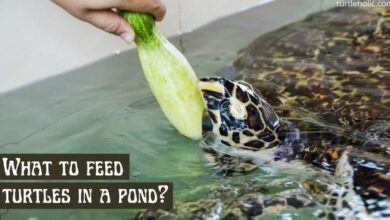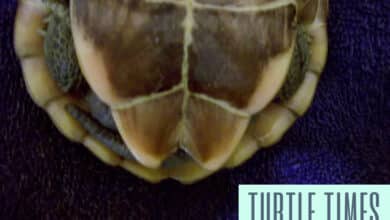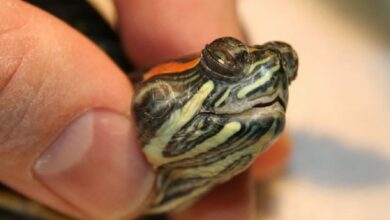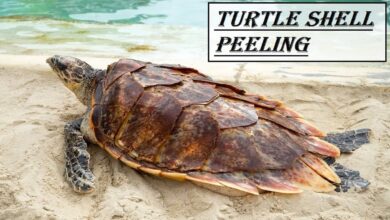What Substrate Should Be Used In Tortoise’s Box Turtles
Box turtle care may appear simple, but because these reptiles are hardy and long-lived in the wild, they are sometimes ignored as pets. The majority of people have no idea how to care for them properly. Because box turtles can live up to 60 years, knowing how to care for them is crucial to their health and longevity.
Sizing the Box Turtle’s Home
If you have a pet box turtle, it will desire and need some space to move around. Turtles do not appear to move much, but they still require space to exercise. The turtle will start to suffer if you do not supply it with freedom.
Sandboxes, mixing tubs, kiddie pools, or heavy-duty plastic storage boxes are better alternatives to a glass tank for a box turtle.
What Is A Substrate?
A substrate is a type of material that reptile owners use as bedding for their pets. As a substrate, clay, coconut fiber, wood shavings, and various other materials are utilized. The substrate requirements of all reptiles are different.
Each species or subspecies prefers a different type of substrate. Many pet owners prefer commercial substrate, which in certain circumstances is better than the natural substrate. The subspecies or species determine the type of substrate chosen.
Right Habitat Substrate for Your Box Turtle
The substrate you use for your box turtle’s habitat’s floor is also crucial. One of the best options for bedding is a humid substrate material. Box turtles can also be kept in a mixture of sand and dirt, which should not be completely dry.
The turtle’s skin will break due to a dry substrate, compromising its health and well-being. The habitat’s substrate should be cleaned out every week to provide optimal care, health, and comfort.
The ideal substrate is one that closely resembles the environment a box turtle would encounter in the wild.
The majority of box turtles reside in densely wooded places where sunlight rarely reaches the ground. The soil is loose and wet, and the terrain is not sandy, dry, or packed. It demonstrates that high humidity is ideal for box turtles and that they can survive in low-light conditions.
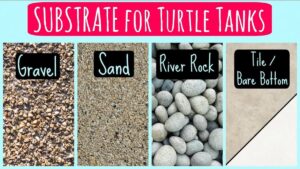
To replicate the natural ecosystem, you must accomplish three simple things.
- Plant tiny trees, bushes, or other types of vegetation
- Create a humidified atmosphere.
- Place loose, wet soil that can hold the earth’s moisture.
Types of Substrate
The composition of commercially accessible substrates ranges from delicate and dry sandy substances to wet soils and more extensive dry “chippings.” Some popular varieties include:
- Play Sand
Tortoise owners have always utilized play sand because it looks similar to the natural surroundings of desert and Mediterranean tortoises. Even though this may be true, pure sand is not advised as a substrate, mainly because it can be swallowed unintentionally. Sand is indigestible, and if consumed, it will remain in the tortoise’s intestines. It is essential to avoid repeated sand compaction in the gut can be fatal.
- Soil or Loam Based Substrates
Soil is an excellent natural substrate for captive indoor tortoises if it is free of pesticides and fertilizers. Heat treatment kills any bacteria or fungus in sterilized soil, making it even better for avoiding sickness in your tortoise.
There is too much water in the soil, and it is frequently put in to keep it from becoming too muddy. If you decide to utilize a mixture, it’s considerably preferable to use another organic ingredient in addition to the soil.
- Wood Chips or Mulch
Wood chips or wood mulch is a common bedding item among turtle keepers. It is generally produced from fir bark or cypress, but pine and cedar generate poisonous oils and resin, so avoid them. Wood chips and mulch are ideal for increasing humidity in an enclosure since they absorb water effectively but do not drain properly.
However, when it comes to cleanliness, it is unmatched. It absorbs smells well, and the chips may be reused by simply soaking them in boiling water and drying them thoroughly.

